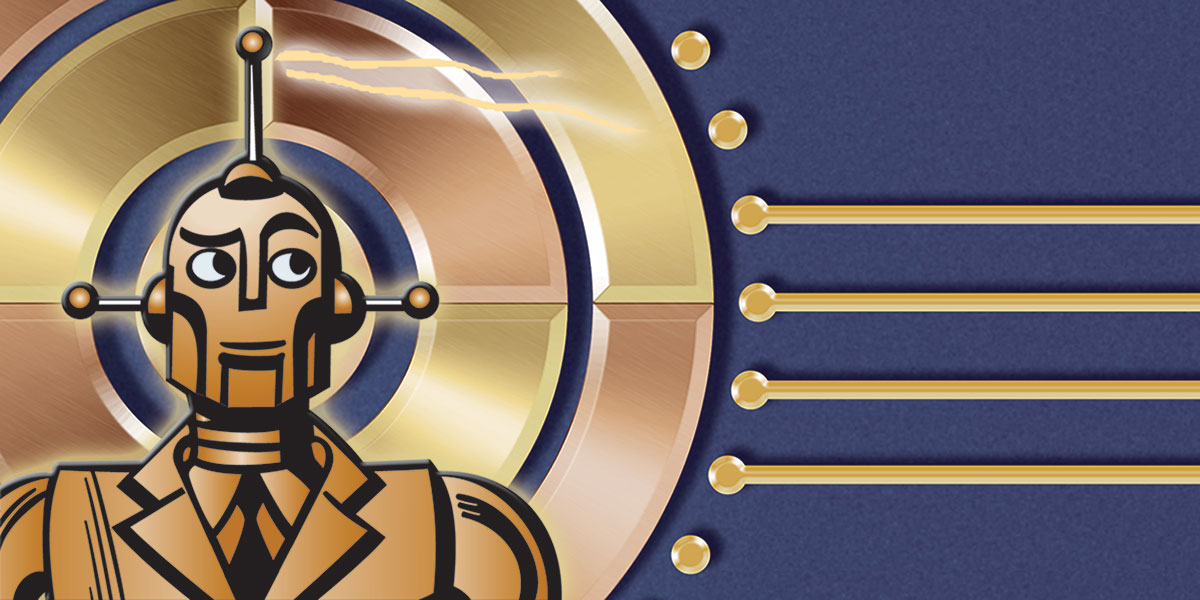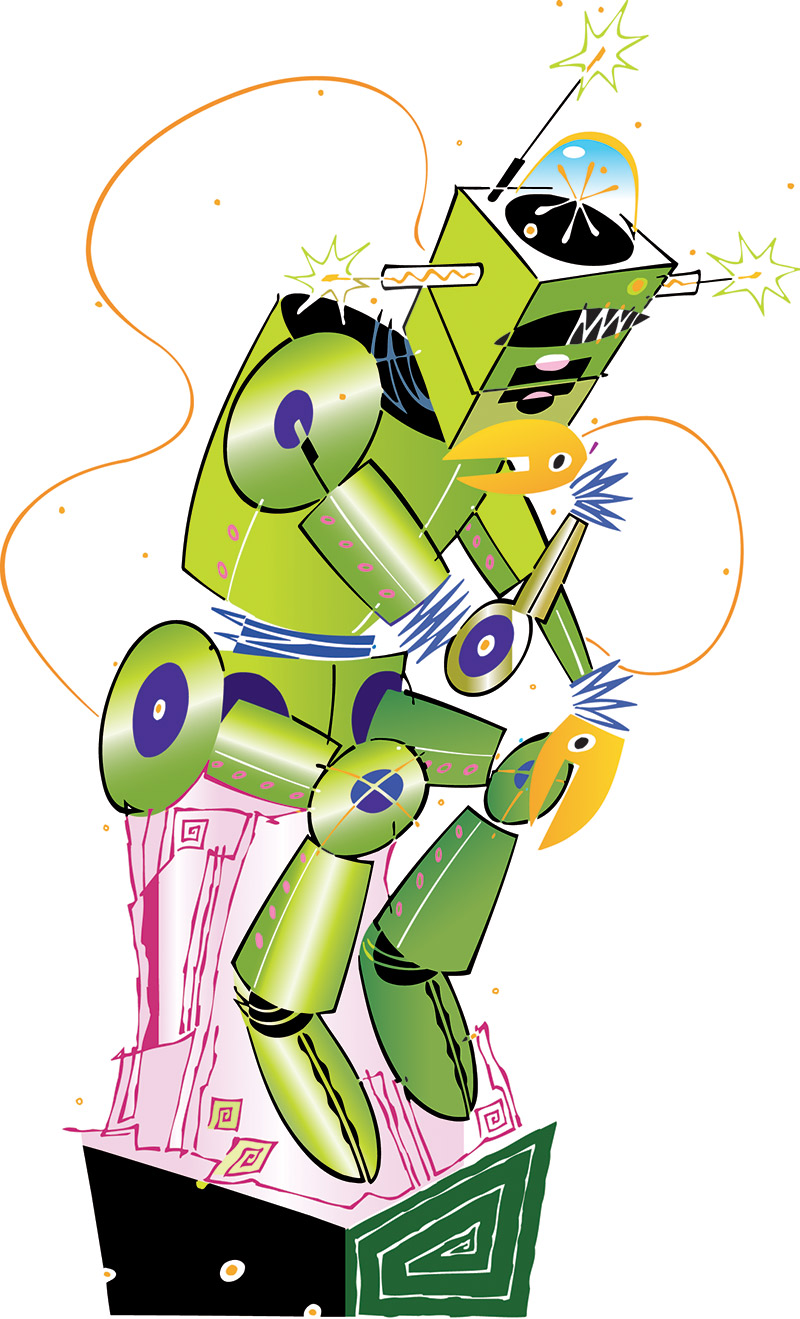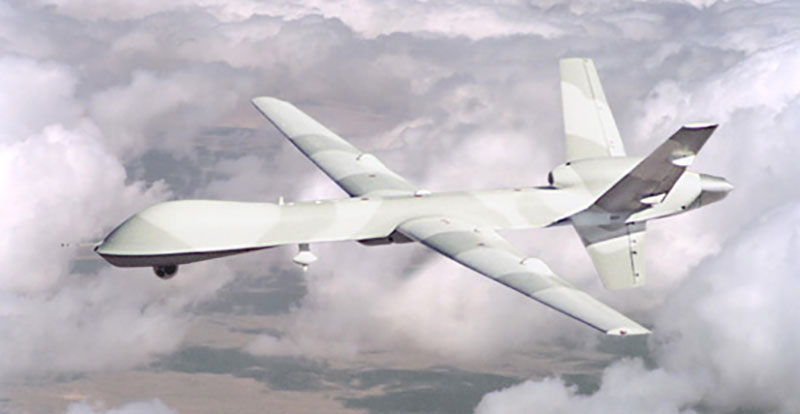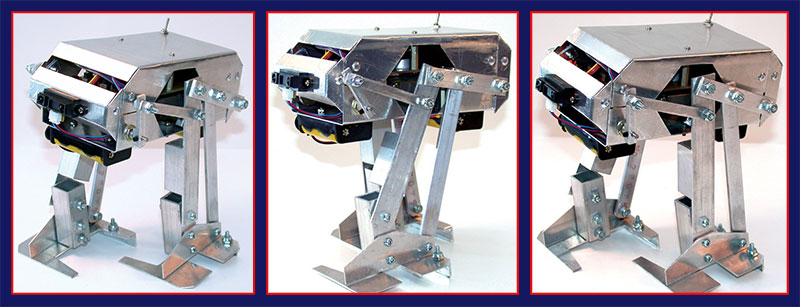
Humanoid Robotics Design Considerations
By Karl Williams View In Digital Edition
Making the case for anthropomorphic robots
Is it possible to create an artificial human — an android? The human body, including the brain, is one of the most sophisticated biological machines in existence. The design of the human body is so complex that, to build comparable machines, our technology would need to advance significantly. With our current understanding and technology, we can only attempt to mimic the form of the human body, since it is impossible to recreate it at this time. It is no wonder that man looks to nature for insight and inspiration when designing machines.
The idea of "reverse engineering" humans has fascinated mankind for a long time. The concept of how the human body functions has proven to be extremely complex. For example, the human hand and wrist are very complicated devices for grasping and moving objects, but, when implemented in machinery, they must be simplified in order to keep the mechanics and control systems within a reasonable level of complexity.
There are many reasons for wanting to create humanoid robots. Building robots that have a human form would allow those machines to take advantage of all the tools and equipment that have already been developed for humans. One of the main motivations for creating androids is the psychological aspect of human interaction with machines. We are much more comfortable communicating with machines that more closely resemble the human form, as opposed to machines that have an almost alien and sometimes frightening appearance.
How often have you heard the phrase, "It's almost human," when watching a robot do something interesting on a television show or at a science center? We humans quite often project our humanity onto machines and other life forms that resemble us. Another phrase that is heard quite often is, "It has a mind of its own," when watching an automaton perform some entertaining task or a robot that senses and responds to its environment.
People would be much more comfortable interacting with machines that are designed to look like the human form. Now that automated banking machines have eliminated most of the human tellers, wouldn't it be nice to be able to deal with banking machines in a face-to-face manner and input your data without having to fumble with a card, cramped keyboard, and a small monitor? Imagine being able to walk up to a humanoid robot, have it access your banking information via facial recognition software, and then verify your identity with a retina scan. You would be able to talk to the machine in exactly the same way that you would with a live person.
In 1942, Isaac Asimov published his three laws of robotics in a short story, called "Runaround," which was published by Street and Smith Publications. The three laws were stated as follows:
- A robot may not injure a human being or, through inaction, allow a human being to come to harm.
- A robot must obey the orders given to it by human beings, except where such orders would conflict with the first law.
- A robot must protect its own existence, as long as such protection does not conflict with the first or second laws.
These laws could be incorporated into a set of rules defining robot morality, that is, if the robots being built are intended to respect human life.

Is morality as vital as intellect to the evolution of robotics?
Most roboticists no longer agree with Asimov's laws. The first law disqualifies several important roles that humanoids are well suited to perform, such as soldier, police officer, or security guard. Much of the government funding for robotics, provided by the Defense Advanced Research Project Agency, is focused on military applications. The cruise missile is the perfect example of a fully autonomous robot that follows the first part of law two, but, in doing so, breaks laws one and three. The Predator robot, developed by the Central Intelligence Agency, is another example of a robot that kills with deadly precision by launching Hellfire missiles at its targets.

Predator
It could be argued that these kinds of robots are now a necessity in the war against terrorism and rogue military nations which threaten national security. To build an artificial person or humanoid, we must first consider what it is that we are trying to construct. To answer that question, we need look no further than ourselves. The requirement specification would look somewhat like the following list:
1. The robot should have a more or less human form. It should have two legs, two arms, a torso, a human face, and a head. It should be roughly between 4 and 10 feet tall. The overall look of the robot should not stray considerably from what would be considered acceptable human appearance.
This is important, since some people are afraid of robots that remind them of creatures like spiders, snakes, and lizards. (I'll take Aibo over a 10-foot tall humanoid any day, thanks — Ed.) I would consider one of the main motivations for creating humanoids to be the psychological aspect of acceptance of the machines by humans.
2. It should be able to communicate with humans in their native languages, without the use of an input device, like a keyboard. The robot should at least respond to spoken commands and it must be able to generate language by speech synthesis of some sort. It should also be able to convey simple emotions through facial expressions which correspond to the generated speech.
3. It must be able to move from one location to another, under its own free will or at the command of a human. While doing this, it must not harm any other objects or step on humans or pets.
4. It must be able to sense its environment and avoid obstacles and dangers which it may encounter along the way. A flight of stairs is not a problem for most healthy adults, but could pose a catastrophic encounter for a humanoid robot.
5. It must be able to pick up and carry objects in order to do some useful work, such as vacuuming the carpet or cleaning the toilet. Robotic arms and hands will be necessary to accomplish these tasks.
6. The humanoid should be able to learn from its own experience and retain that information. It could then conceive its own strategies for dealing with those situations in the future.
7. The robot must possess some manner of intelligence and the flexibility to accept training, while adapting to the tasks that we wish it to perform. This would include solving simple problems that it might come across while carrying out its tasks.
8. The humanoid should understand and obey the basic principles of human social interaction. It should follow an acceptable code of behavior and possess a set of morals.
The attributes listed above are a very basic set of requirements. There are many other components that would need to be included to create a machine which would even come close to having the capabilities of a human.
There are many issues to consider when setting out to design and build a humanoid robot. Some of the considerations are more philosophical in nature than the mechanical, electronic, and programming achievements needed.

The first step in humanoid robotics design is the development of effective bipedal movement.
Whenever I would talk about building humanoid robots to my friends, most of them would comment that it would be nice to finally have a robot that could do some work around the house. They talked about a machine that could wash the dishes, take out the trash, vacuum the floor, prepare the meals, cut the grass, and tend the bar, etc. When you mention humanoid robots, that is the kind of machine most people think of. My friends would also point out the amazing abilities of Honda's humanoid, Asimo. Why aren't these machines available and working in our homes? I would explain that it would cost millions of dollars and take considerable time to build something comparable to the Honda humanoids.
The fact is that the technologies necessary to build smaller scale humanoid robot projects have become relatively inexpensive. With the right amount of imagination and innovation, anyone can create amazing machines in their basement laboratory.
The robots of the future are now within our reach, because we can build them ourselves! Robotics is a unique area of study because it encompasses many different disciplines, such as electronics, computer science, mechanical design, control systems, programming, and biology. This is what makes building robots so interesting and fun. The humanoid robot fascinates man, because it is a machine that closely resembles life and man himself. SV
Article Comments